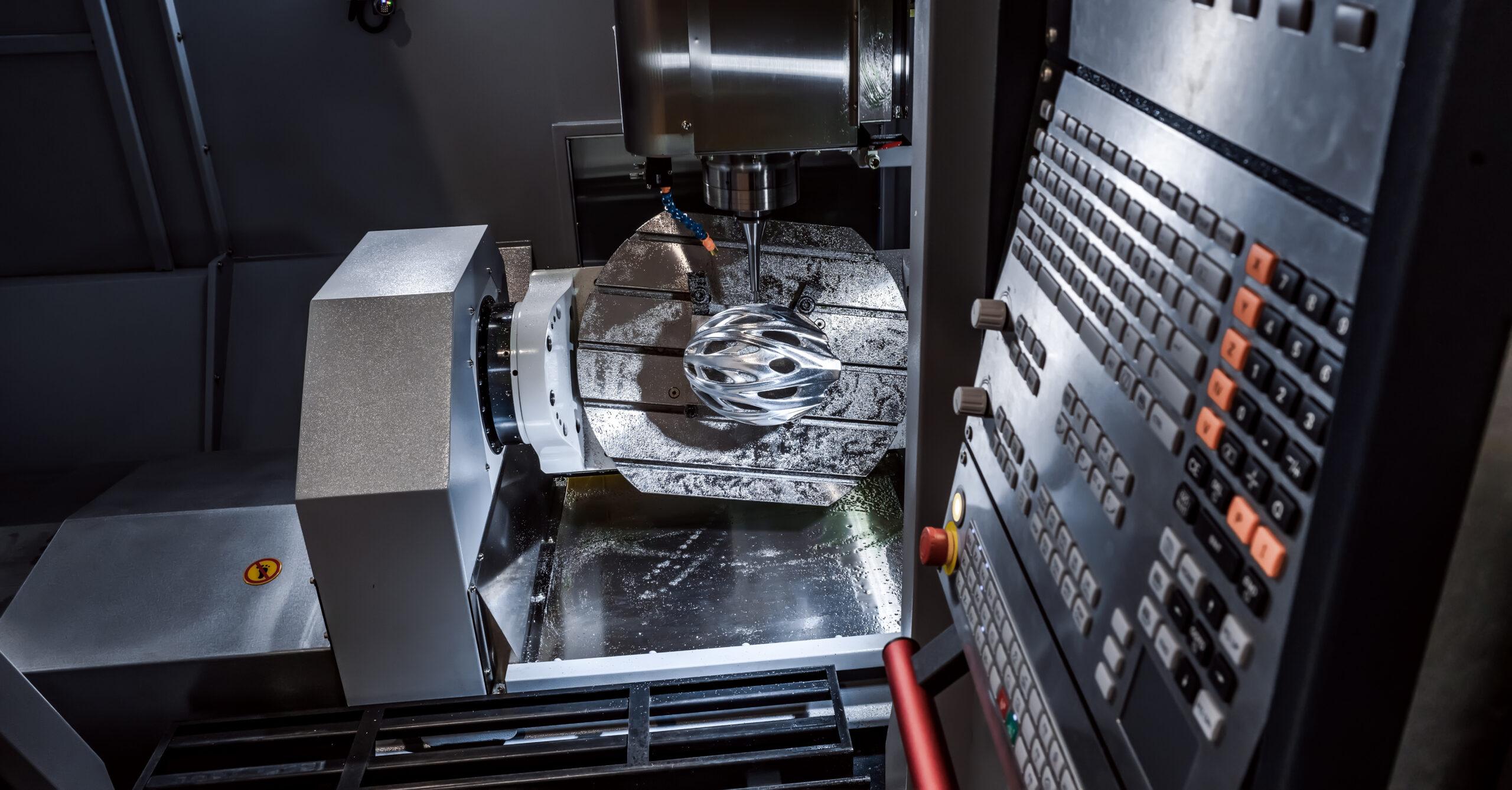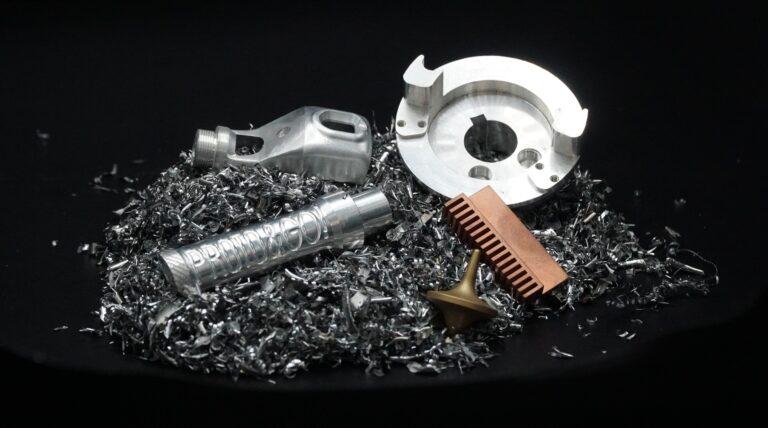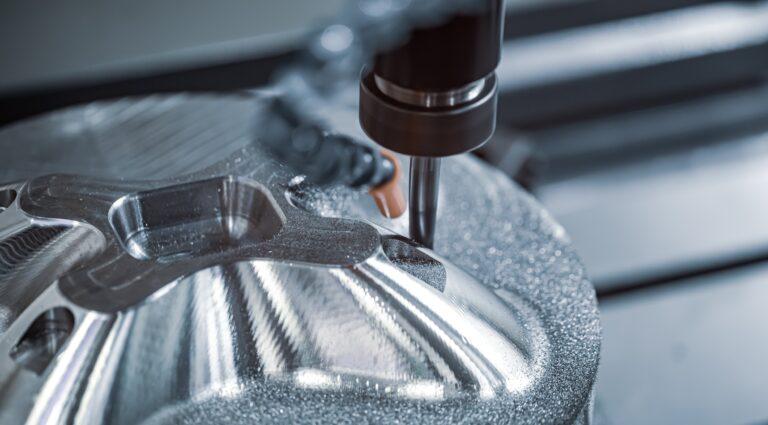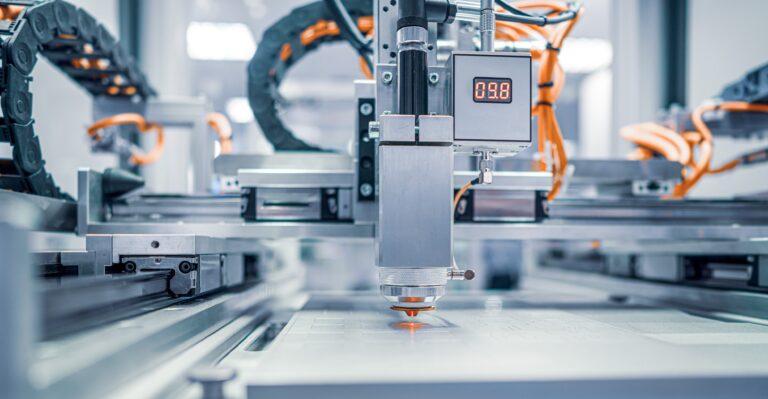One of the main challenges in industrial manufacturing is minimizing CNC machine downtime. The implementation of predictive maintenance is revolutionizing the industry by enabling companies to anticipate problems before they occur. Thanks to advanced technologies such as IoT sensors and artificial intelligence, companies can improve operational efficiency, reduce costs and ensure more stable and accurate production.
What is predictive maintenance and how is it applied in CNC machining?
Predictive maintenance is a strategy based on continuous monitoring of machine condition and real-time data analysis to anticipate failures before they occur. Unlike corrective maintenance (repairing when the machine fails) or preventive maintenance (performing scheduled maintenance regardless of the machine’s condition), predictive maintenance is based on the use of sensors, artificial intelligence and machine learning models to detect anomalous patterns.
In CNC machining, this methodology is implemented by means of sensors installed on various key components, such as:
- Motors and spindles: To detect abnormal vibrations, high temperature or wear.
- Cutting tools: To monitor wear and predict when they should be replaced.
- Lubrication and cooling: To analyze the quality of fluids and prevent friction or overheating problems.
Benefits of predictive maintenance in CNC machining
Implementing a predictive maintenance system in a CNC machining environment offers multiple advantages that directly impact operational efficiency and business profitability.
1. Reduction of downtime
Unexpected CNC machine downtime can be extremely costly, affecting production and causing delays in order delivery. With predictive maintenance, potential failures can be identified in advance, allowing interventions to be scheduled without affecting the workflow.
2. Optimization of machinery performance
By detecting signs of wear or misalignment on components before they affect machining quality, parameters can be adjusted or parts can be replaced before the problem worsens. This ensures that machines always operate in optimum condition.
3. Savings in maintenance and spare parts costs
In traditional preventive maintenance, components are usually replaced based on generic estimates. With predictive maintenance, parts are replaced only when necessary, reducing waste and maximizing the life of each component.
4. Increased quality of machined parts
Tool wear or spindle problems can lead to defects in manufactured parts. By predicting and correcting these problems in a timely manner, higher accuracy and quality of finished products is ensured.
Key technologies for predictive CNC maintenance
To implement effective predictive maintenance in a machine shop, it is essential to have advanced technology that enables real-time data collection and analysis. IoT sensors can record information on temperature, vibration, pressure and energy consumption, while artificial intelligence algorithms process large volumes of data to detect anomalous patterns and predict potential failures. In addition, remote monitoring systems make it easy to monitor machine status from any location, allowing operators to make decisions based on accurate data.
Finally, the digital twins provide a virtual representation of CNC machines, making it possible to simulate their behavior and anticipate problems before they affect the actual equipment. Thanks to this combination of tools, companies can optimize maintenance, improve equipment availability and ensure a more efficient and reliable manufacturing process.
In short, predictive maintenance is a key tool for improving efficiency and profitability in CNC machining. Thanks to the implementation of advanced sensors and data analysis algorithms, companies can avoid unexpected downtime, reduce costs and ensure optimal quality in their manufacturing processes.
As the industry moves towards digitization, those companies that adopt predictive maintenance strategies will be better positioned to compete in an increasingly demanding market. Investing in these technologies not only prevents failures, but also boosts the efficiency and sustainability of industrial production.
At Proto&Go! we offer the best CNC machining service for your parts and prototypes. You can request your quotation through the form on our website in a quick and easy way.
What are you wating for? Request your quote now!





